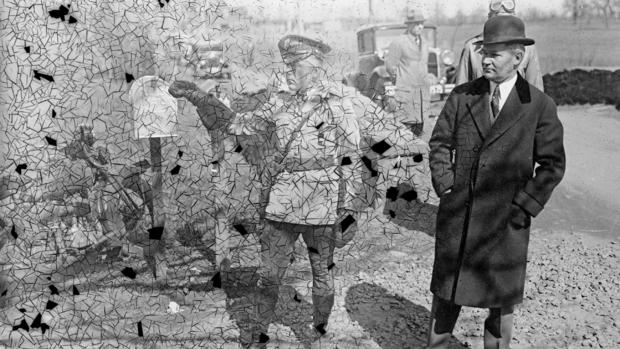Photography's era of glass plate negatives
In these days of instant digital images, it’s hard for many to imagine the effort that went into creating photos during photography’s first century and a half. Each single image was precious -- and painstaking to create.
Before the film era and way before the digital era, photographic emulsions were made on glass supports, known as glass plate negatives.
Two types of glass plate negatives exist: the collodion wet plate invented by Frederick Scoff Archer, in use from the 1850s, and the silver gelatin dry plate created by Dr. Richard L. Maddox, in use from the 1870s. The wet plates were hand coated by photographers. The dry plates were easier to transport (though still heavy) and didn’t require as much exposure to light. Both processes are still in use by fine art photographers, for their great tonal range and detail, but back in the day they were commonplace for news photography.
Starting in the 1850s, collodion, a flammable liquid, was spread on a glass support, or plate, then placed into a bath of silver nitrate which turned the collodion into a photosensitive silver iodide. This process, including exposure and processing, had to happen immediately before the plate dried.
While the wet collodion process had a five-minute exposure time before the plate dried, the dry-plate negative allowed photographers to prepare their negatives in advance and develop images long after exposure.
Existing plate glass negatives are extremely fragile, requiring special storage conditions and handling by trained staff. The emulsions can be easily scratched or slip from the glass.
The Associated Press photo library, located in New York City, currently houses around 4,000 dry plate glass negatives in its collection; most date between from 1929 to 1934. The sizes of the plates range from 2×3, 4×5, and 5×7.
To view a galley of images from the glass plate negatives in the Associated Press’ photo archive.

